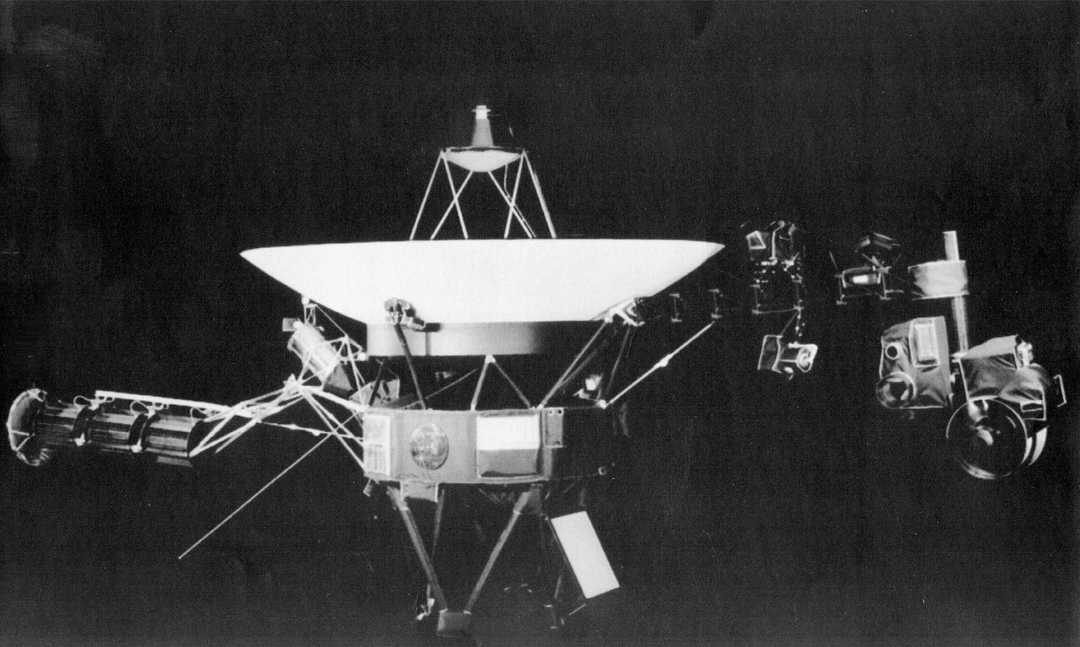Voyager 2

Any: 2018 - 2019
Tipus: Sonificació, Electroacústica.
Tècnica: Dades, algoritmes
Estat: En procés
Paraules clau: Ciència, NASA, Sonificació
Un exemple clàssic de sonificació aplicat a la detecció de fenòmens que no es poden percebre mitjançant un anàlisi visual, és el que es recull en el "Sonification repport", on s'explica:
During the Voyager 2 space mission there was a problem with the spacecraft as it began its traversal of the rings of Saturn. The controllers were unable to pinpoint the problem using visual displays, which just showed a lot of noise. When the data was played through a music synthesizer, a "machine gun" sound was heard during a critical period, leading to the discovery that the problem was caused by high-speed collisions with electromagnetically charged micrometeoroids (Kramer, 1994a, p. 35)
Desprès d'investigar durant un temps la referència original, vaig poder contactar, a través del seu canal de Youtube, amb una de les persones que va ser testimoni presencial en aquest tema. Li vaig preguntar la seva versió dels fets, la seva resposta:
Yes, I've worked with the plasma wave data on the Voyager project since 1979. I don't completely agree with the characterizations given in the book you cited. We have always been able to view the waveform data graphically, and dust impacts have generally had a distinctive appearance characterized by a sharp initial offset and then a ringing recovery that dampens out typically over about 10 milliseconds. The value of listening to the data is that viewing around 800 plots for every 48-second waveform "frame" takes a long time and is tiresome. A quick impression can be gained in "real time" of the profile of the dust impact rates by listening to them. They sound nothing like machine guns, but like popcorn popping or like small hail hitting the windshield of your car. Also, I don't think there was ever an indication that the micron-sized dust and ice particles had any significant charge, but they simply vaporized on impact with the spacecraft, due to the high relative velocity, emitting a little puff of plasma which we detected on our antennas.
Here's the original data for the ring plane crossing. The last two 48-second frames reveal a barrage of dust impacts. The second-to-last frame occurs during the main part of the ring plane crossing, and the last one is a bit past the center. Click on the thumbnail spectrogram to get a larger version which includes a link to listen to the data.
Aquí es pot escoltar un dels moments en que es percep el fenòmen, que va tenir lloc el 26 d'agost de 1981 a les 04:17:35
Investigant una mica més, he pogut realitzar tot el procés per a la sonificació de les dades enviades pel Voyager 2, que es pot veure en aquest vídeo, corresponent al Màster d'art sonor online de la UB.
El la peça d'àudio proposada es pot escoltar un recorregut del viatge del Voyager 2, amb mostres recollides entre abril 1979 i març 2006. El recorregut comença als voltans de Júpiter i acaba més enllà de Neptú, passant per Saturn i Urà.
Enllaços:
https://space.physics.uiowa.edu/plasma-wave/voyager/data/

